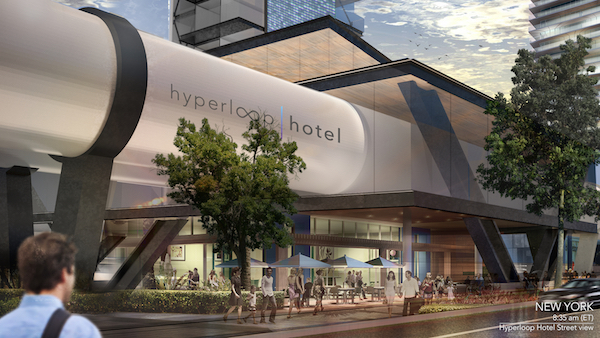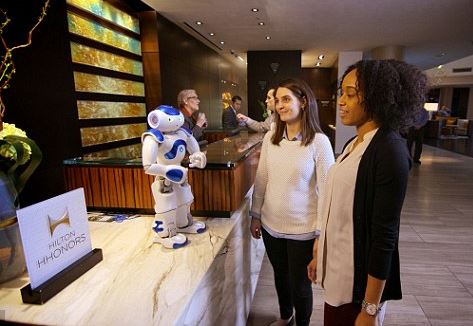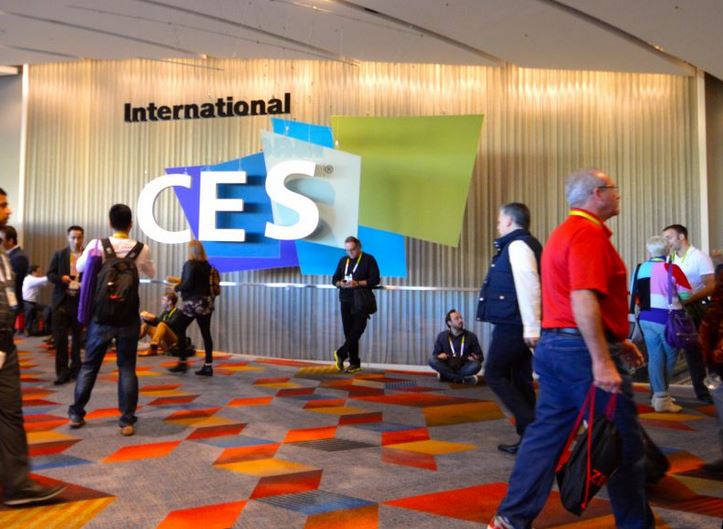Hotel Revolution
Hyperloop Concept
Living in a futuristic utopia might be closer to reality than we realize. Brandan Siebrecht, a graduate architecture student at the University of Nevada, Las Vegas, revealed an ingenious hotel design that combines transport with accommodation. The concept aims to transform Elon Musk’s innovative Hyperloop One into a high-speed transit hotel. The Hyperloop Hotel shoots […]



